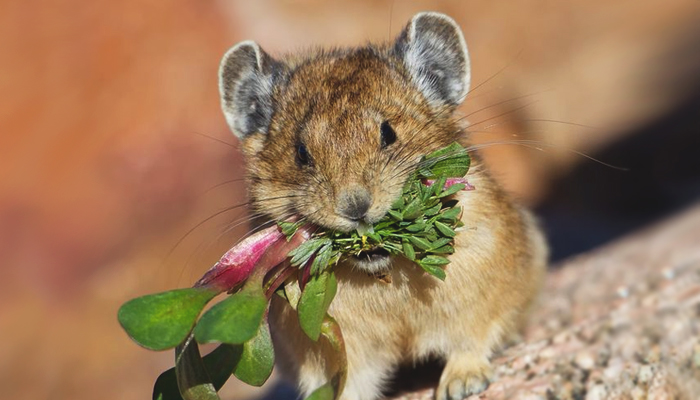Canadian mice adapt to warming by mutating, moving north: study
'Milder winters have led to physical alterations in two species of mice in southern Quebec in the past 50 years'
November 28, 2017

MONTREAL: Mice in Canada are mutating and migrating farther north in response to climate change, according to McGill University research released Monday.
The study — published in the journal Evolutionary Ecology — found that "milder winters have led to physical alterations in two species of mice in southern Quebec in the past 50 years", lead researcher Virginie Millien said in a statement.
It also adds to evidence that "warming temperatures are pushing wildlife north", she said.
Over the past decade, researchers looked at two common species found in eastern North America — the deer mouse and the white-footed mouse.
As winters got milder, the white-footed mouse moved farther north at a rate of about 11 kilometres (seven miles) per year, according to the study.
At the Gault Nature Reserve on Mont Saint-Hilaire, about 40 kilometres east of Montreal in the Saint Lawrence valley, nine out of 10 species caught in the 1970s were deer mice, while only 10 percent were white-footed mice.
Those proportions are now reversed as more white-footed mice have crossed the Saint Lawrence River, northbound.
"Evolutionary theory predicts morphological changes in response to climate warming, but there is very little evidence for it so far in mammals," Millien commented.
Comparing data from as far back as the 1950s, researchers also discovered that the skull shape of both species had changed over time.
The changes are similar in both species but more pronounced in the white-footed mice.
Their molar teeth also shifted positions, which the scientists surmised "may be related to a dietary shift caused by climate change, combined with competition for food resources between the two species of mice".
This "could reflect changes in the type of food that the mice need to chew".
It remains to be seen "whether these changes are genetic and will be passed on to future generations — actual evolution — or whether they represent 'plasticity', the capacity of some species to adjust to rapid environmental change", the study concluded.
Regardless, the changes are significant.
"We are talking about bones and teeth, hard structures that are not easy to bend," Millien said.









